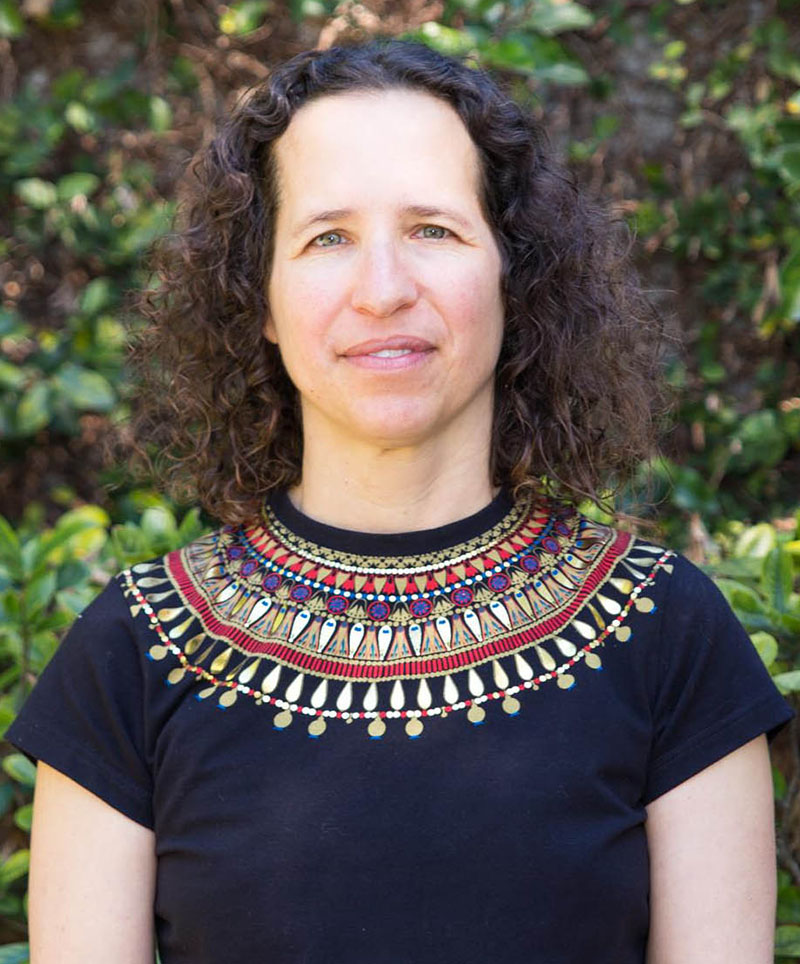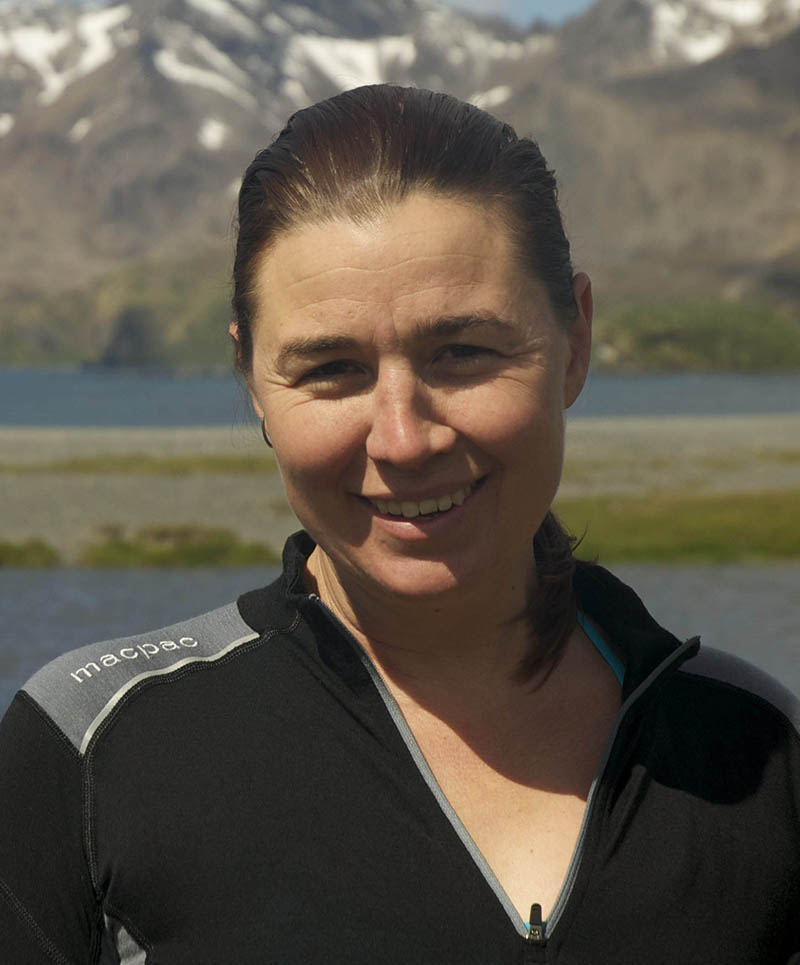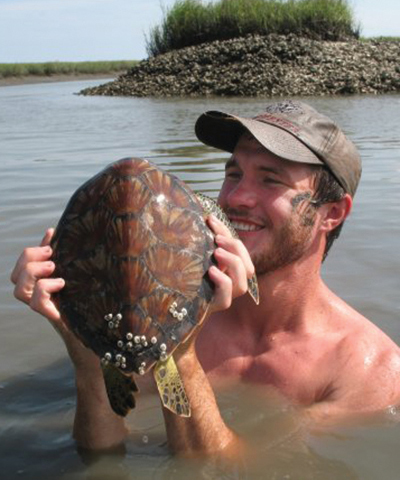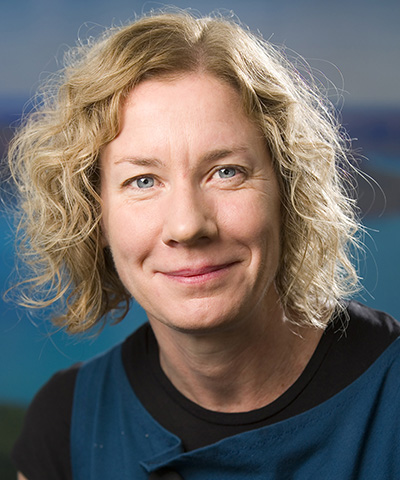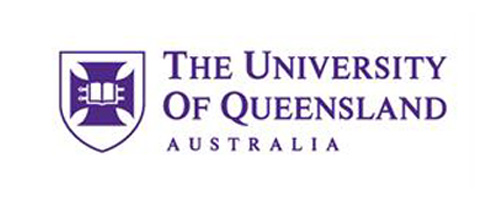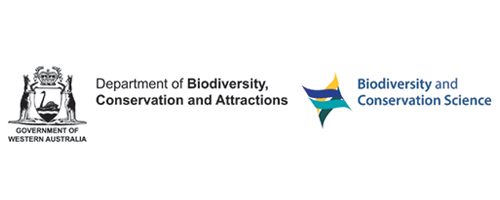
Project: 4.2.5
Protecting threatened quolls and other biodiversity on Kimberley islands from cane toads
Project Leaders: Salit Kark , Justine Shaw
Why is the research needed?
Cane toads (Rhinella marina) have caused extensive declines and local extinctions of many species on mainland Australia. Both aquatic and terrestrial species that eat frogs or toads are highly at risk.
Australia’s islands are important conservation refuges which are rich in unique endemic species. Islands that are free from invasive species, particularly feral animals, have also enabled some species to persist that have become extinct on the mainland. The value of islands as refuges from invasive species has led conservation managers to use them as arks to host insurance populations of highly vulnerable mainland species.
Islands can also be especially sensitive to the impacts of invasive species, due to the naivety of local animals and the complex interrelationships between species. The result is that invasive species can cause very large negative impacts when they reach islands and in relatively short time periods. In combination, these factors mean that keeping cane toads off currently uninvaded Australian islands is a high priority for conservation managers.

Image: Northern Quoll. Photo: Lesley Gibson
The endangered Northern Quoll (Dasyurus hallucatus) was once widespread across Northern Australia but many local declines have been observed following the invasion of cane toads. Northern Quolls occur on several islands across the northern Australian coast. Many islands in Queensland and the Northern Territory have already been invaded by cane toads. The more than 2,500 islands off Western Australia’s Kimberley coast are thought to be cane toad free, although cane toads are known to have colonised at least one island. Protecting existing quoll populations on islands is likely to be important to the long term conservation of the species.
The ability of cane toads to breed prolifically means that, eradicating established cane toad populations is close to impossible. The greatest hope lies in keeping cane toads off islands through biosecurity and using surveillance to eradicate single toads or very small populations before they are able to establish. A difficulty lies in the large number of islands and the cost and logistics involved in surveillance.
Despite the significant consequences of cane toads invading islands, very little prior research has been undertaken on the distribution of cane toads on Australia’s islands, mechanisms and risk factors associated with cane toad invasion of islands, which islands are most at risk, and which islands have the most to lose. Filling these knowledge gaps is vital to underpin strategies and actions to protect biodiversity on Kimberley islands.
How will the research help?
This research will analyse the mechanisms and risk factors associated with cane toad invasion of Australian islands. The team will then develop a general model of cane toad invasion for Australian islands to forecast cane toad invasion for Kimberley islands.
The results of this work will support Kimberley land managers to:
- Identify the islands at most and least risk from invasion
- Identify pathways and potential arrival routes to the islands
- Prioritize expensive cane toad surveillance effort on islands
- Guide decisions regarding island selection for introductions of cane toad sensitive threatened species
- Guide thinking about conservation investments on islands that could be impacted by future cane toad invasions
- Make decisions about toad- avoidance training of existing Northern Quoll populations on islands
The research will produce a map of Kimberley islands which includes a timeline of the expected year of toad invasion for every island, along with a measure of certainty about the predicted date.
The research will be valuable to Kimberley island managers, especially the Traditional Owners (and their respective Ranger programs) and the West Australian Department of Biodiversity, Conservation and Attractions, as well as the Northern Quoll Recovery Team.
What research activities are being undertaken?
Key activities include:
- Collation of existing data, including on cane toad invasion ecology and Kimberley ocean currents
- Modelling cane toad invasion to Kimberley islands and factors shaping this
- Production of a map of Kimberley islands identifying likely invasion dates
Who is involved?
The work is being led by the University of Queensland in collaboration with the Western Australian Department of Biodiversity, Conservation and Attractions.
The findings will also be shared with Traditional Owners of the Kimberley islands. Image: Cane Toad. Photo: Pavel Kirillov_Flickr_CC BY-SA 2.0
Image: Cane Toad. Photo: Pavel Kirillov_Flickr_CC BY-SA 2.0
Where is the research happening?
Modelling is being undertaken at the University of Queensland and is relevant to the islands of the Kimberley specifically and other cane toad free islands in northern Australia generally.
When is the research happening?
The work began in 2016 and will conclude in December 2020.
More Information
For more information contact:
UQ PhD Candidate, Matthew McKinney - m.mckinney@uq.edu.au
Top Image: Kimberley islands. Photo: Mark Cowan
